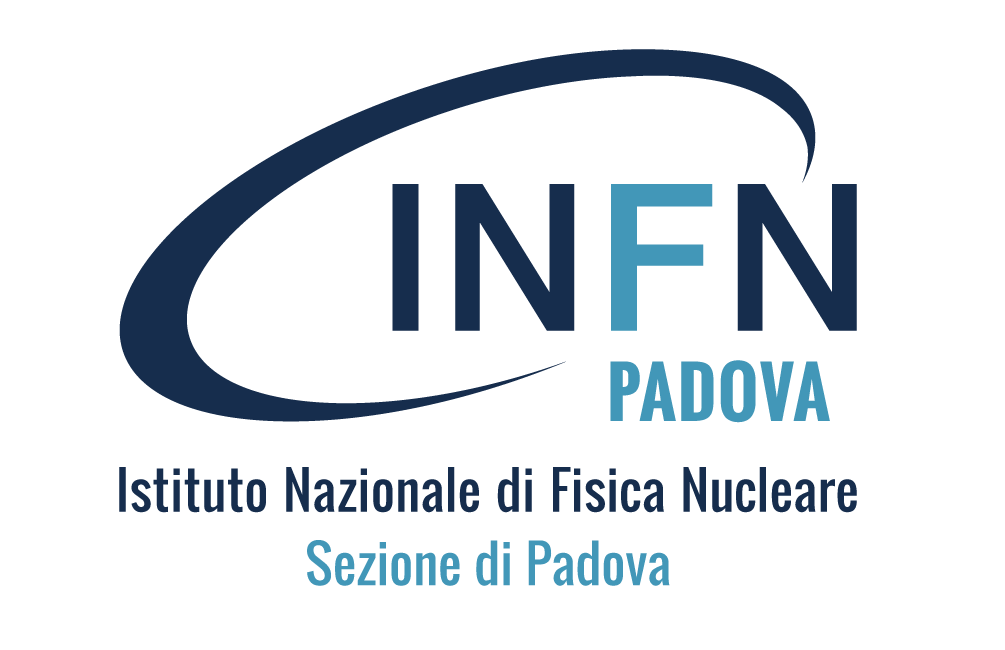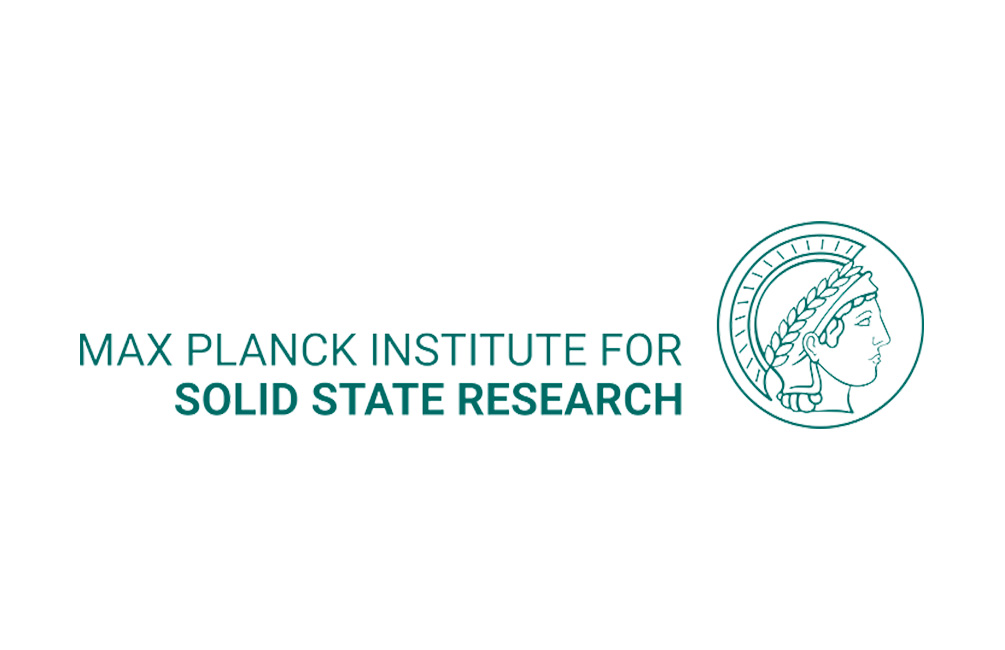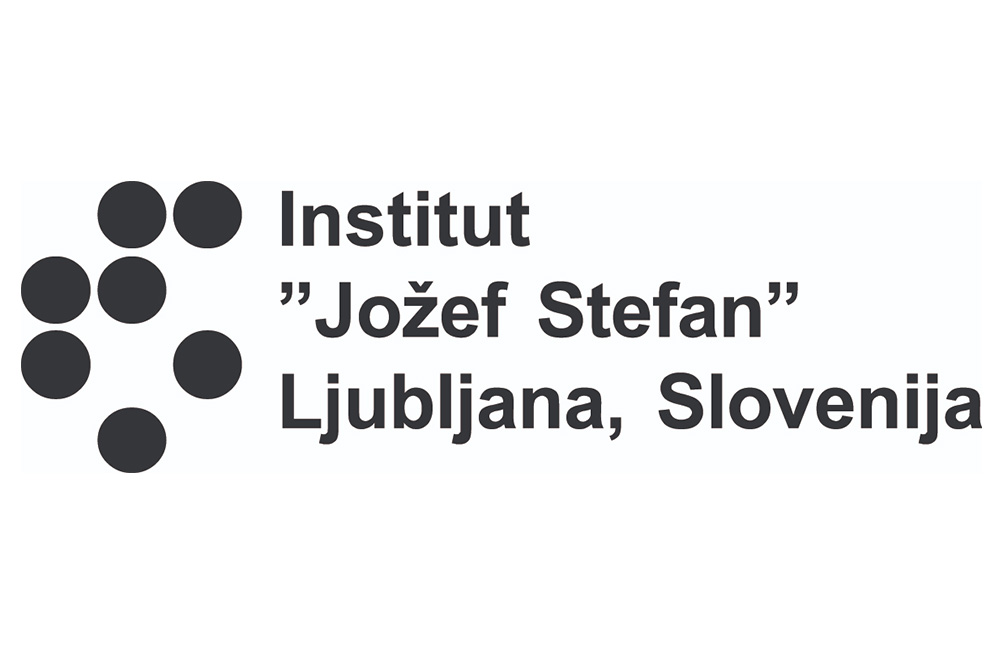The implementation of new protocols for quantum simulation of quantum states of matter with trapped ions (M1–M24; responsible: UIBK; involved: UPV/EHU, IJS)
Our goal is to demonstrate unprecedented experimental observation of topological effects in integer-spin Heisenberg chains and investigate whether robust quantum information processing could be facilitated by symmetry-protected holonomic quantum gates.
Building upon the results from WP1, we will characterize the mains sources of noise in our quantum simulators and validate the performance of our devices by using newly developed TN approaches.
Using the digital quantum simulator, we will exploit quantum information tools, including the entanglement spectrum, to characterize the Haldane phase in detail and study its resistance to perturbations closely related to WP1.
Verification and error mitigation for quantum simulators in the NISQ era (M19– M36; responsible: UIBK; involved: UPV/EHU, IJS, INFN, DESY/MPQ)
A key challenge in any quantum simulation is ensuring that the simulator correctly reproduces the physics to be simulated.
While quantum error correction (QEC) could solve this in principle, it remains out of reach for current devices.
To understand the usefulness of current NISQ simulators, we will set up precise frameworks to quantify their shortcomings and reliability.
We will focus on the gate level noise for the digital quantum simulation, while for the analogue simulators, we will identify perturbations beyond their standard description.
In the second stage, we will develop methods for error mitigation and quantum circuit expressivity and extend them to other sources of errors, e.g., depolarization, decoherence.
We will make use of one of the main strengths of digital quantum simulation, the ability to introduce arbitrary controlled disturbances, to complement the WP3 investigations.






